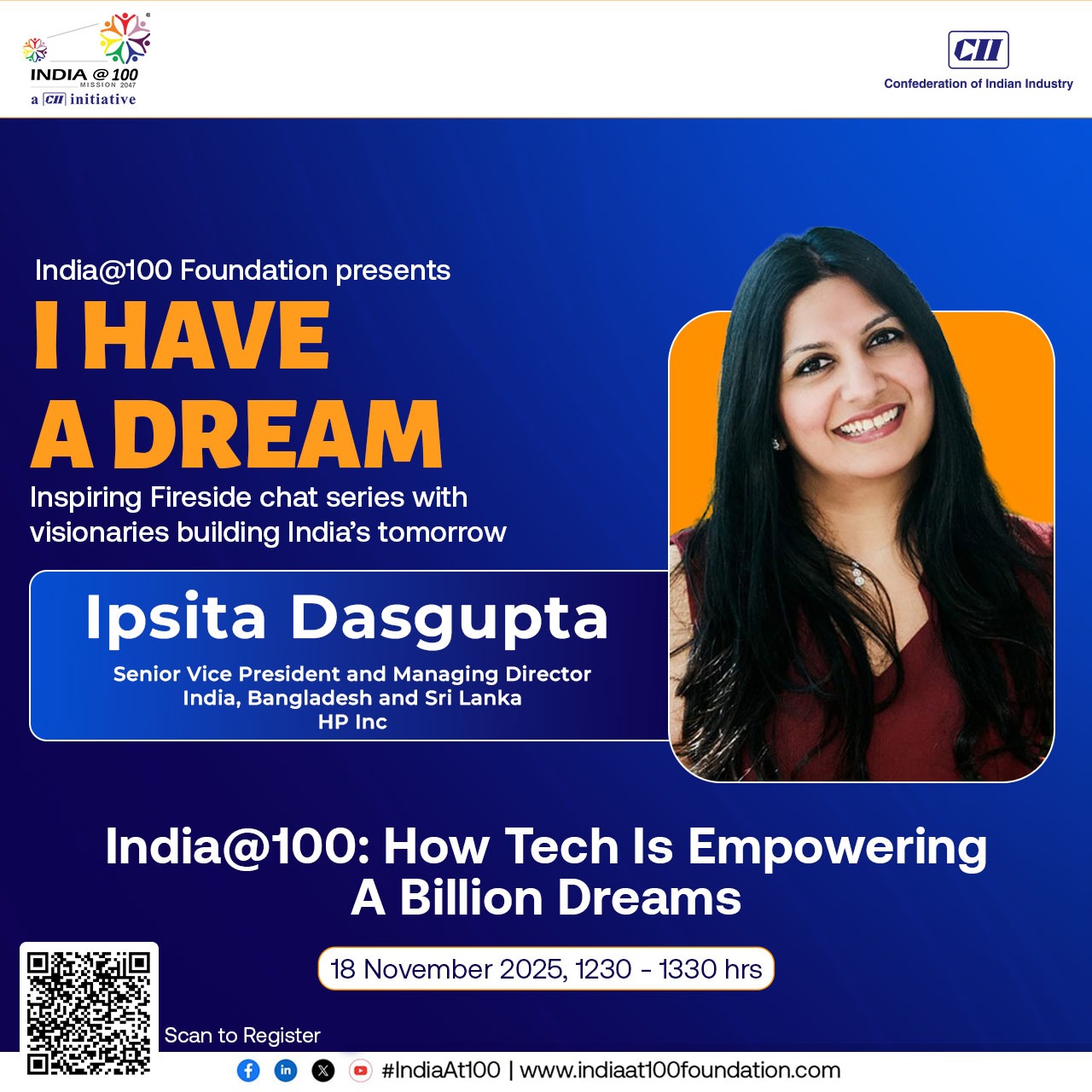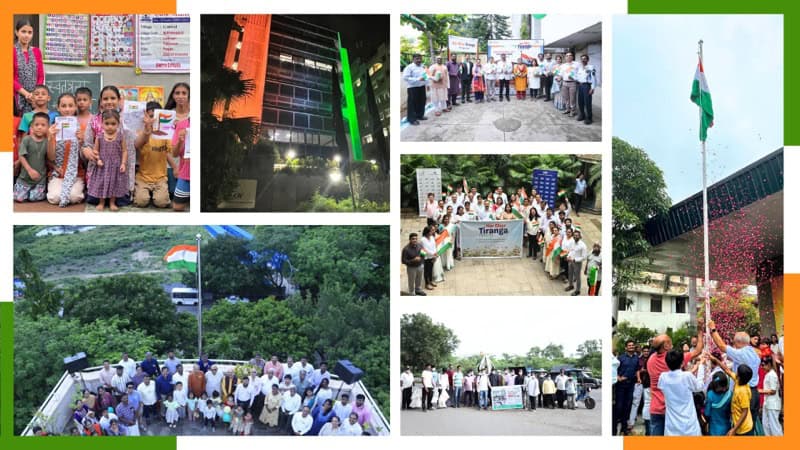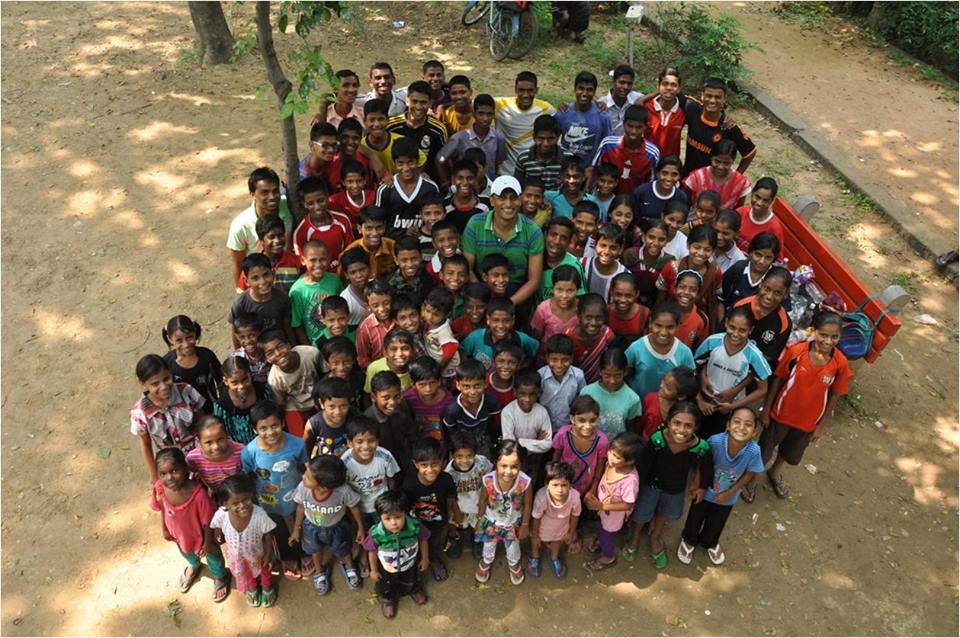What sparked your journey from a small project aimed at helping marginalized communities to leading work acknowledged across the country?
The journey of Goonj began with a simple yet powerful observation that clothing, one of the most basic human needs, was missing from the development work or agenda. In 1999, Goonj started with the idea of valuing material that urban India was discarding. We looked at how this material could be turned into a resource for rural communities, not as charity, but as a tool to tackle material poverty. Over time, this idea expanded into a movement that focused on dignity, participation, and ownership.
Recalling one of my first experiences, in 1991, after a massive earthquake hit Uttarkashi belt of Uttarakhand (then U.P.), I met a man wearing a jacket made out of a jute bori (gunny bag) asking for woolens to survive. And in the same period meeting a family in Delhi which used to support local administration by picking up unclaimed dead bodies and understanding their struggle to survive in winters not because of cold but because of lack of clothing taught me how simple looking issues are actually big issues.
As a keen photographer the images stayed with me. It showed the harsh reality of what people go through in their life and more importantly during disasters and how we often ignore something as fundamental as clothing in relief and development work and how we have never taken Material poverty as a serious development issue.
I didn’t come from the development sector, I didn’t know about what was possible, what wasn’t. The early realization that it was not just about doing some good work, maybe it is a journey of bringing some non-issues into the category of issues which matter for millions and where masses themselves can solve with a little nudge.
In urban areas, we encourage people to “Goonj it…” — to contribute mindfully, knowing their excess could be part of a larger circular system. In rural areas, we focused on enabling people to work on their own development priorities, whether building roads, cleaning ponds, or addressing local issues, while receiving material as a reward for their efforts and not as charity, as charity kills dignity of people and with challenged dignity, we cannot think of development.
This approach created community-driven development, built local assets, and generated fair and dignified employment.
Through this process, Goonj naturally connected with broader issues like climate action and social equity. The impact came from trusting people’s wisdom, valuing their participation, and ensuring their dignity throughout.
We also realised that both the demand and supply were very high and there were no other players doing this, so had to create all systems from scratch so got the first movers advantage in scaling it. Disasters played an important role in spreading the work. Entered areas for relief work, couldn’t ignore the long standing development challenges of the people in those vulnerable and devastated regions.
Over the years, Goonj grew through listening, learning, and constantly evolving with people, both with communities and the team. When we focus on dignity, trust, and inclusion, real change follows.
India is extremely diverse in terms of culture, language, infrastructure, climate — how adaptable have Goonj’s models been when working across, say, remote Himalayan areas vs densely populated plains or coastal regions?
India’s diversity presents a wide range of challenges and opportunities. Goonj’s approach has remained effective across these varied contexts because it is fundamentally community-led and flexible. Instead of applying a uniform model, we focus on understanding local needs, environments, and cultural contexts, allowing the work to evolve accordingly.
We have worked in remote Himalayan villages, flood-affected regions, arid zones, and coastal areas and more. In each case, the community identifies the issues it wants to address and takes the lead in solving them. Whether it is building a road, restoring a water body, or repairing local infrastructure, the solutions are shaped by the people who live there.
For example, in the hills of Jammu, we expected the community to prioritise road construction. Instead, they chose to create an Akhara, a levelled wrestling ground that held cultural significance for them. This outcome reflected the importance of listening to community voices rather than making assumptions.
Urban surplus material, when used thoughtfully, becomes a valuable resource in this process. It supports local efforts, encourages civic participation, and builds a sense of shared responsibility between urban and rural areas.
Goonj’s model is adaptable because it is built on respect for local knowledge, decentralised decision-making, and a practical understanding of on-ground realities with our role as a catalyst, that mobilises, motivates and enables people.
Goonj’s model in the last 26+ years has been completely adaptive as the design of the work is completely place based, based on decisions of the communities we work with. Covid was biggest pivot and disruption to the model but we adapted fast and responded with double our capacity, showing resilience and innovation at scale. That’s also emerged as a Harvard case study later.
What role do you see for technology, social media, digital platforms in amplifying community-led change, without losing the “grounded” nature of your work?
Technology and digital platforms have a vital role to play in amplifying community-led efforts when they are used as tools, not as replacements for real engagement. At Goonj, our work begins and stays rooted on the ground, with people and their realities. That cannot be replaced by digital convenience.
Goonj’s work grew, innovated and scaled over the last two decades, with basic technology tools as it placed a lot of value on Human Intelligence in community led change. Over the last few years we are consistently but carefully curating tech inputs into our work, to complement human intelligence and efforts.
Technology helped in building transparency, scaling awareness, and connecting people across geographies. Social media has helped us share stories from remote parts of the country, often bringing visibility to voices that are rarely heard. It also plays a strong role in mobilising urban participation — whether through campaigns, volunteering, or material contributions.
We understand that Tech can be a great enabler, when coupled with human intelligence. Also it can unlock a lot of efficiency and effectiveness of resources but one must also carefully examine who is left out or whose dignity is challenged, because of technology.
A) By creating roti.com we can’t provide roti — we need humans.
B) Yes AI is a growing tool, but not the only solution, and not at the cost of HI (Human Intelligence) or GRI (Grassroot Intelligence).
What role do you see social enterprises and grassroots innovations playing in India’s journey to becoming a developed nation?
If India is to truly become a developed nation, we have to redefine what development means — not just in terms of GDP, but in how we include and empower the last person in the line. Social enterprises and grassroots innovations are central to this process because they respond to real needs with contextual, sustainable solutions.
Social enterprises bring together purpose and practicality. They look beyond profit and focus on long-term impact. Grassroots innovations emerge from lived experiences — people solving their own problems with local resources.
These models challenge traditional top-down approaches. They are participatory, inclusive, and rooted in dignity. Whether it’s clean drinking water solutions or Goonj’s model of turning urban surplus into rural development resources, these efforts strengthen the foundation of our country.
SEs and grassroots innovations act as the social glue that nurtures community. They also play the role of bees — cross-pollinating ideas and connecting unconnected stakeholders.
What message would you like to share with the next generation of changemakers?
To create meaningful change, the first step is to listen — not to respond, but to truly understand. Empathy is not a soft skill; it’s the foundation.
In development work, numbers never tell the full story. How do you measure dignity, mindset shifts, or trust? These invisible outcomes are the essence of sustainable change.
My message is simple: Do it for the joy of doing something, not for applause. Don’t center your work on yourself — center it on people. Let the work speak for you.
Be ready to break and rebuild your assumptions, ideas, and approaches again and again—but hold on to your values.
And most importantly: Take care of yourself. This is a long journey, and your wellbeing is essential for your dreams and for the nation.




